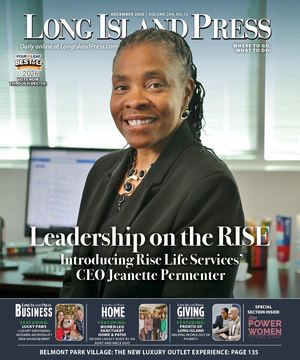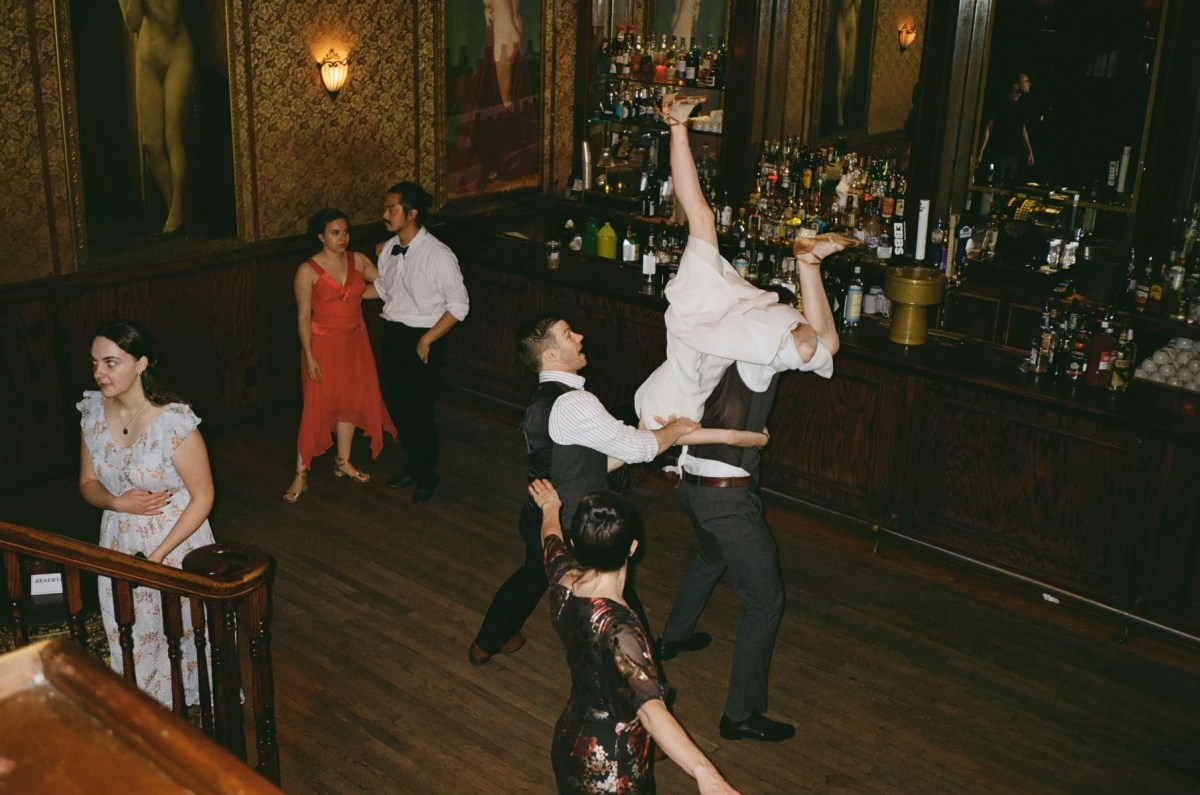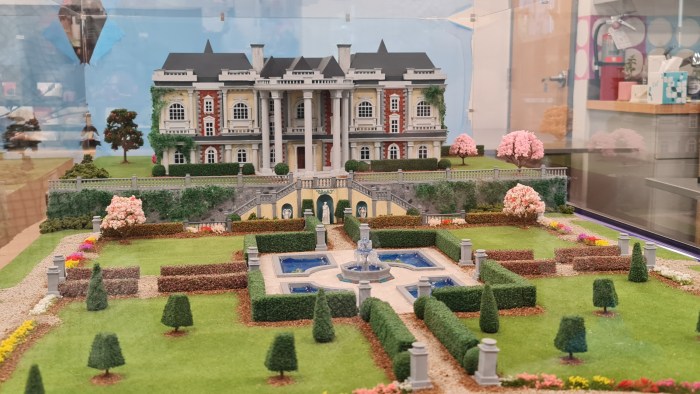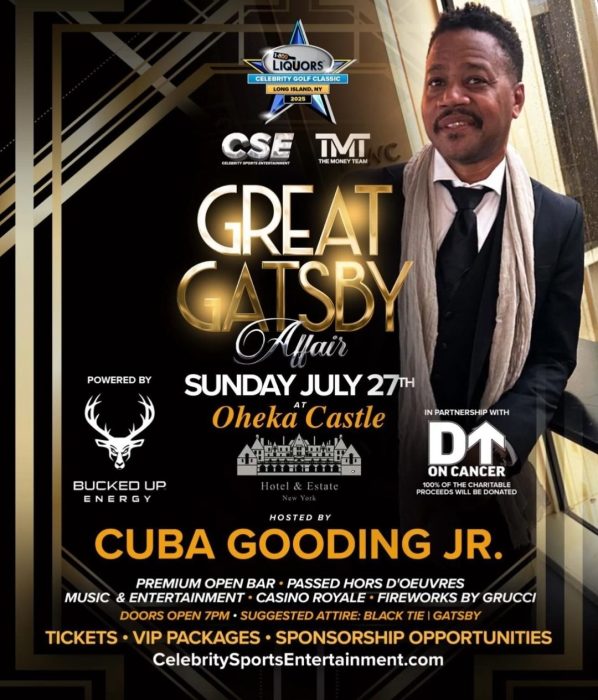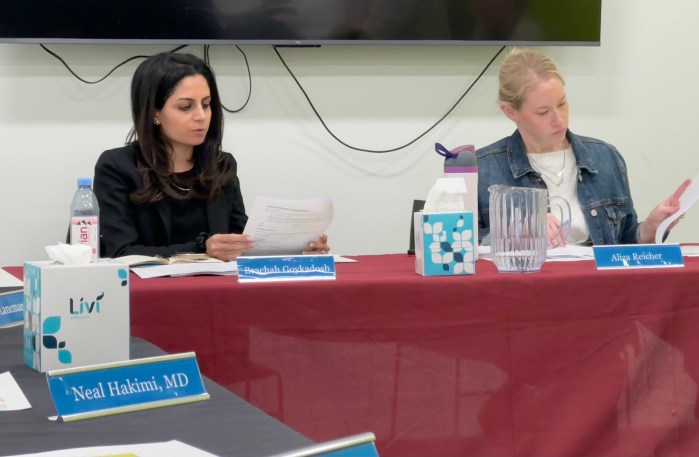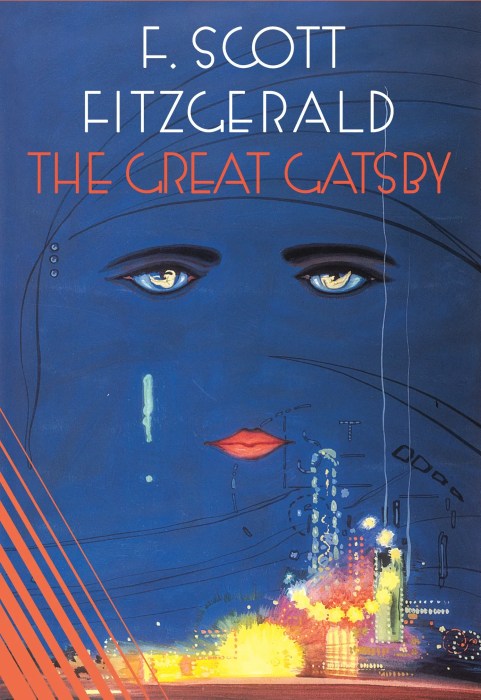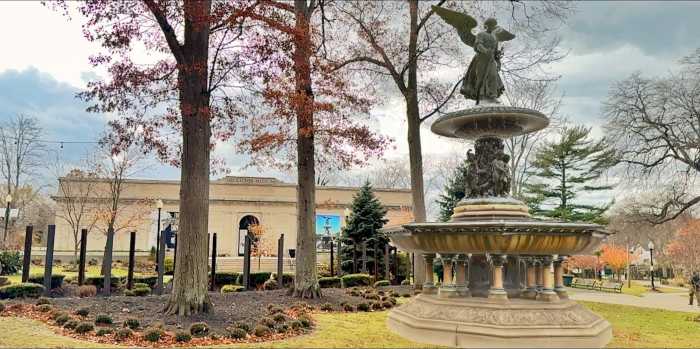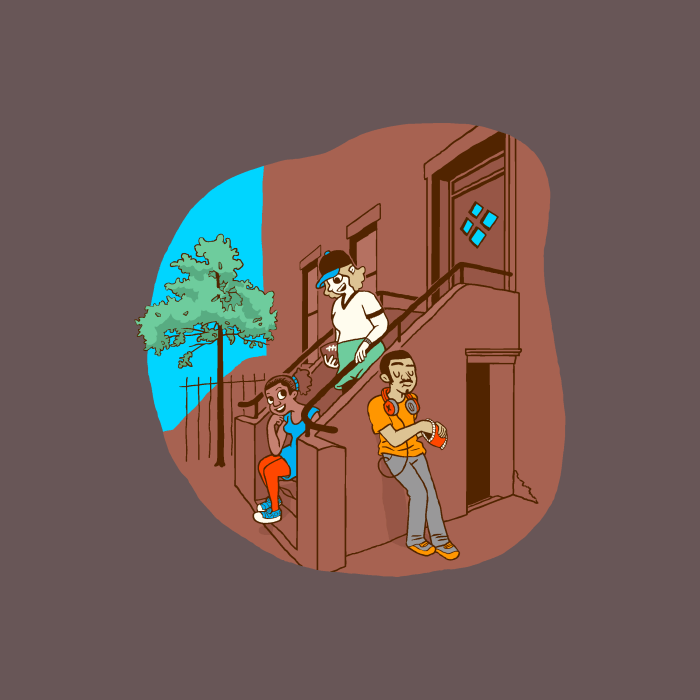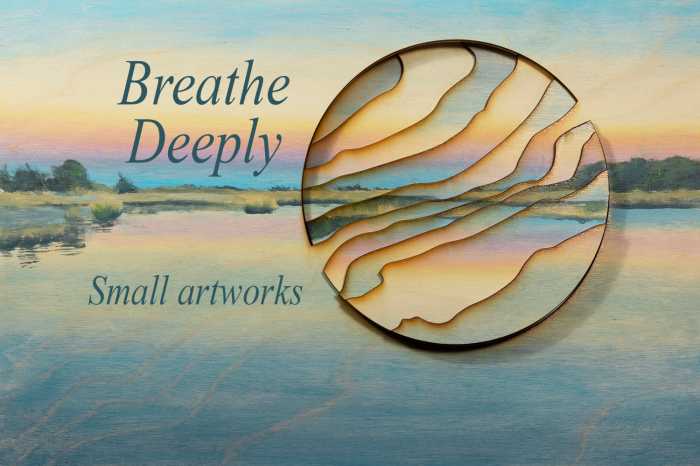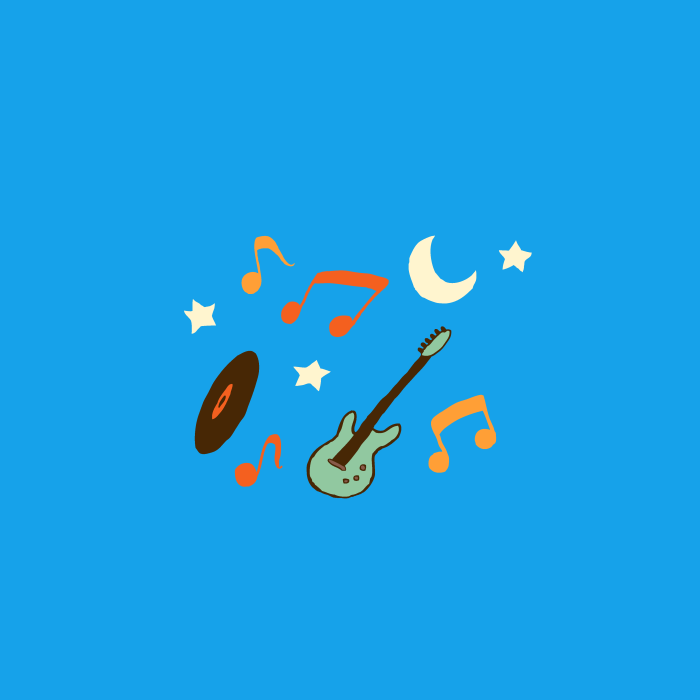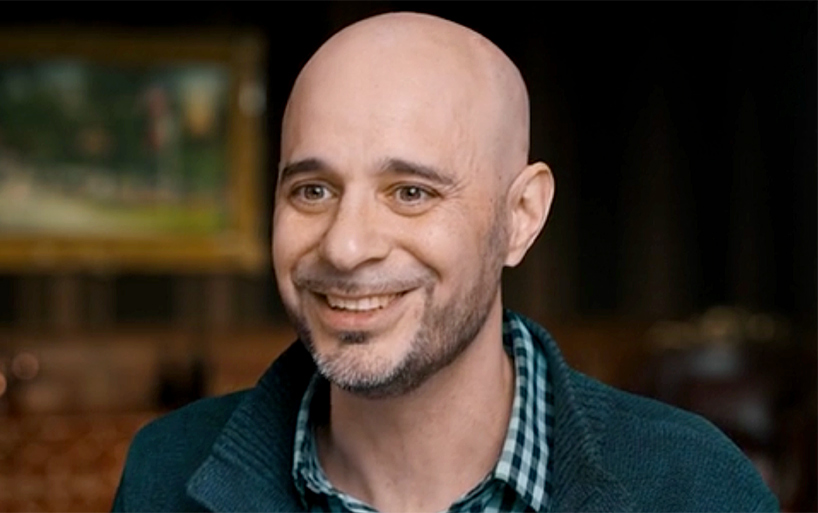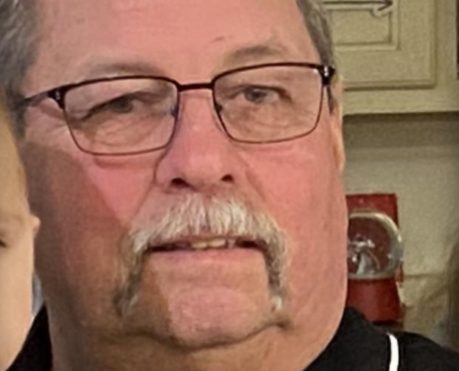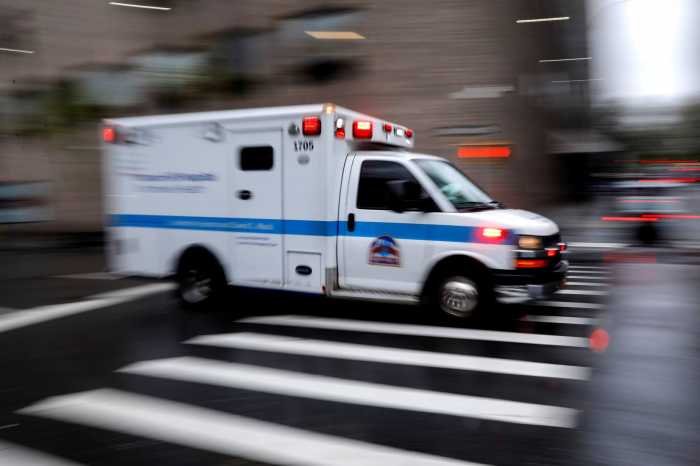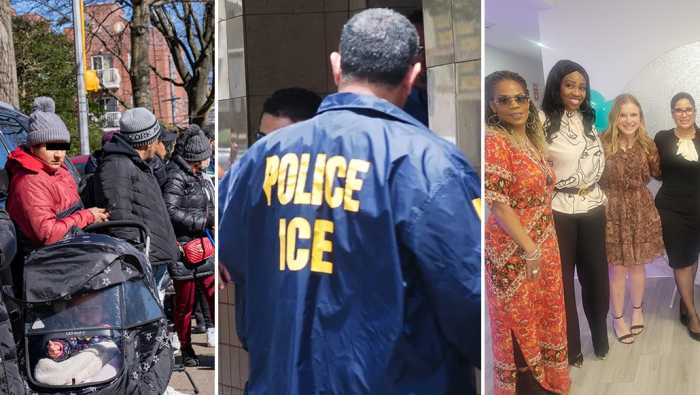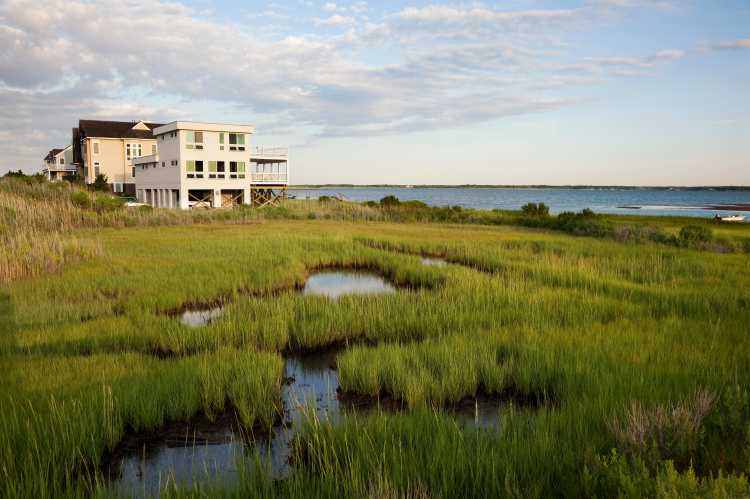At the height of the Roaring Twenties, flappers took to the floor, arms flailing and feet kicking to a new beat: the Charleston. A century later, the dance still captivates—especially for performer, playwright and dancer Brooke DiSpirito, who’s made it her mission to keep the spirit of the Jazz Age alive.
“I’m a ballet and swing dancer,” DiSpirito said in an interview. “I know a little bit about the Charleston from the fact that it is the grandfather of swing dancing. Everybody kind of learns the Charleston.”
DiSpirito’s passion for the 1920s isn’t just academic—it’s deeply personal and local. Growing up in Oyster Bay and attending Locust Valley High School, she often visited Long Island’s Gold Coast mansions during high school free periods while other students were at the mall.
“I would always try and convince my friends to go to the historical sites and the mansions that are nearby where I grew up,” she said. “We’d go to Coe Hall at Planting Fields and the Chelsea Mansion at Muttontown Preserve. I thought the mansions were so cool.”
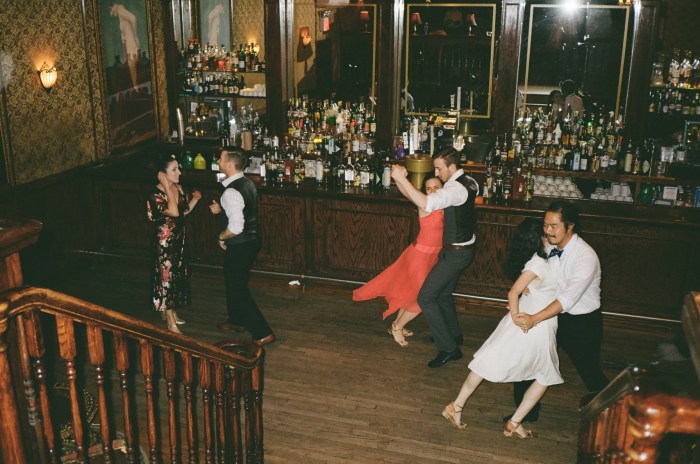
That early interest turned into a lifelong love of F. Scott Fitzgerald, whose novel “The Great Gatsby” is set in a fictionalized version of Long Island’s North Shore. DiSpirito studied English in college, adapted Fitzgerald’s stories for the stage, and became an active member of the F. Scott Fitzgerald Society—most recently writing and performing a play commissioned for the society’s June 2025 conference in New York.
The show, a musical adaptation of a chapter from “The Beautiful and Damned,” was so popular that it’s getting a second run on Aug. 12 in New York City at The Back Room, a speakeasy-style venue accessed through an alley.
“I wanted to do the show justice, but the second show of the night at the conference was so crazy,” she said. “The attendance was so overwhelming that I’m doing the show again, just with my own company, because we want another shot at it.”
DiSpirito often performs the Charleston and other 1920s-style dances at fundraising galas and historical events, including recent shows at Mill Neck Manor and the Sands Point Preserve. She has been teaching a Gatsby-themed dance series at the Great Neck Library this summer. Yes, she’s available for private bookings.
Though today it’s almost synonymous with Gatsby-style parties, DiSpirito noted that the Charleston wasn’t actually mentioned in “The Great Gatsby”—and may not have existed yet during the summer of 1922, when the novel takes place.
“The song ‘Charleston’ that everyone knows—bump, bump, bump, bump—that was written by James P. Johnson for a Broadway show called ‘Runnin’ Wild,’ which came out in 1923,” she said. “The events of ‘Gatsby’ take place in 1922, so technically, it might not have been a thing yet.”
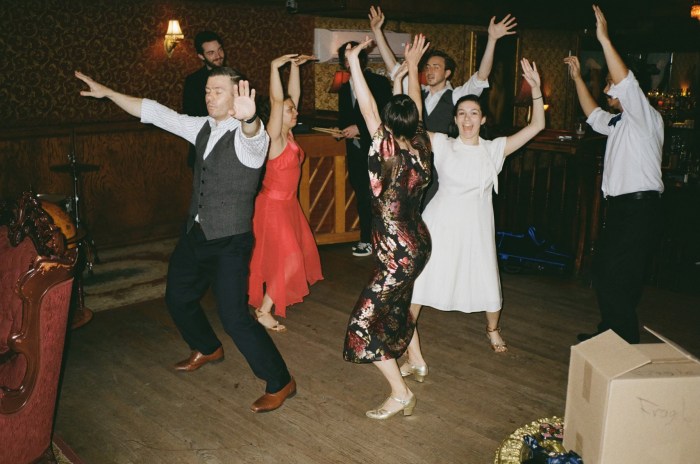
Still, she said, the cultural connection is hard to deny.
“Gatsby and Charleston are so intrinsically related at this moment that it kind of doesn’t matter,” she said. “It’s possible people were doing some version of the Charleston in 1922. The history of it is not all written down—it was socially passed on.”
The roots of the Charleston, DiSpirito emphasized, run much deeper than speakeasies and sequins.
“Charleston is very deeply rooted in Black American culture,” she said. “It’s intrinsically related to the slave trade. A lot of slaves came through Charleston, South Carolina, bringing over their food, language and culture. Later, during the Great Migration, many Black Americans moved north, and their music and dance came with them.”
That cultural exchange led to the Charleston boom in New York City dance halls, especially after “Runnin’ Wild” premiered with its all-Black cast—a rarity at the time.
“It was a social dance, so it was just like, ‘Oh, we’re hearing this song, we’re all going out on the floor, we’re going to have a fun time,’” she said. “It’s less about technique and more about having a good time. There’s legs everywhere, arms everywhere—it’s wild and joyful.”
From its beginnings in Black communities to its popularity among flappers, the Charleston evolved into the dance of a generation, eventually spawning partner styles that led to Lindy Hop and swing.
DiSpirito continues to honor that legacy in every performance and educational event.
“If you’re willing to drop something that people can come see the Charleston in context and real life,” she said, “that would be awesome.”
The show at The Back Room in New York City on Aug. 12 is ticketed but open to the public, and DiSpirito promises the dance floor will be filled with Gatsby-era glamour—with a few modern surprises.
As she put it, “People associate the Charleston with flappers, the 1920s and The Great Gatsby—and there’s a reason. It just feels right.”
DiSpirito’s upcoming show, “F. Scott Fitzgerald’s The Broken Lute,” featuring The Sparrows, will be held on Aug. 12 at The Back Room speakeasy (102 Norfolk St. in New York City). Visit thesparrows.mypixieset.com for tickets and more information.
